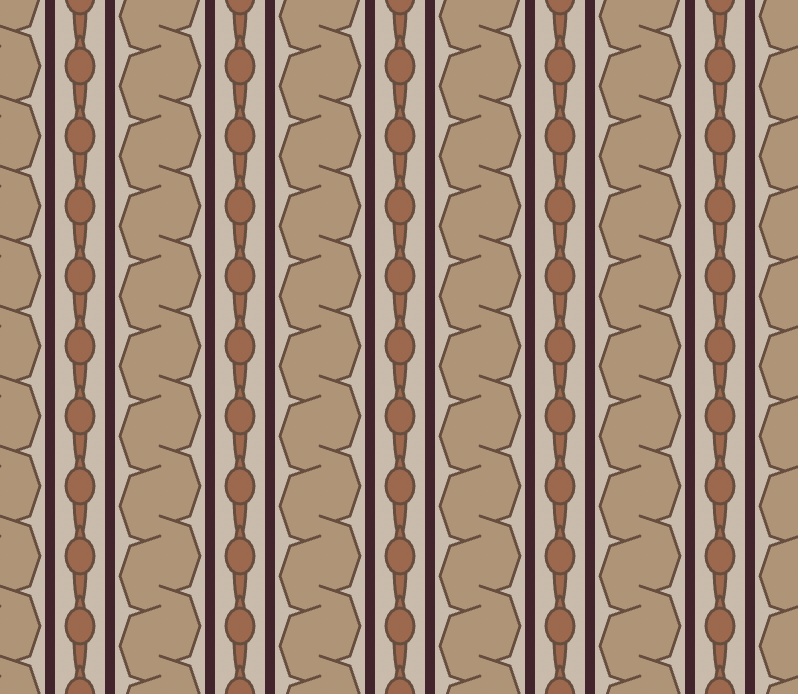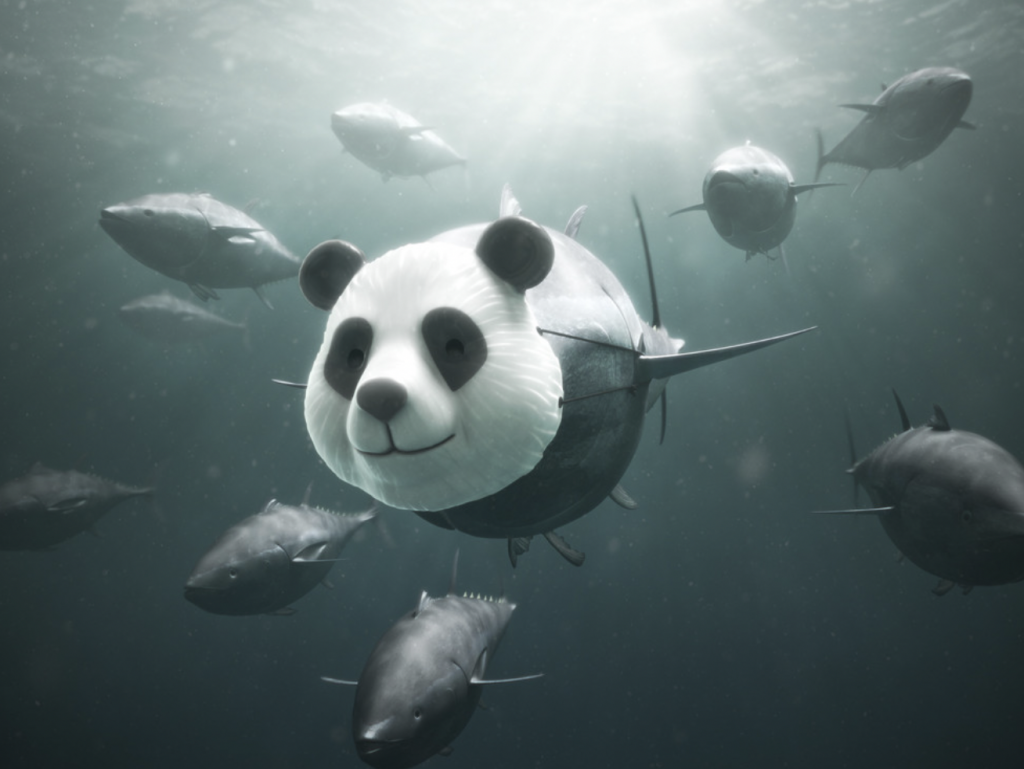I read the article “Women in Media Arts: Does AI think like a (white) man?” by Anna Grubenar. The societal issue that was discussed was the absence of diversity in supposedly objective algorithms, which produces biased data sets. These biased sets are fueled by not only the underrepresentation of women in tech but also the lack of minorities in the tech field. Furthermore, discrimination and racist/sexist tendencies are common in AI algorithms. For instance, AI facial recognition algorithms tend to make many more mistakes when analyzing women, and even more mistakes when analyzing women of color. The article also gave many pieces of artwork that were created to encourage diversity and inclusivity in tech such as “Gender Shades”, “Help me know the truth”, “Feminist Data Set”, and “Women Reclaiming AI”.
https://ars.electronica.art/aeblog/en/2020/04/10/women-in-media-arts-ai/
![[OLD SEMESTER] 15-104 • Introduction to Computing for Creative Practice](https://courses.ideate.cmu.edu/15-104/f2022/wp-content/uploads/2023/09/stop-banner.png)




